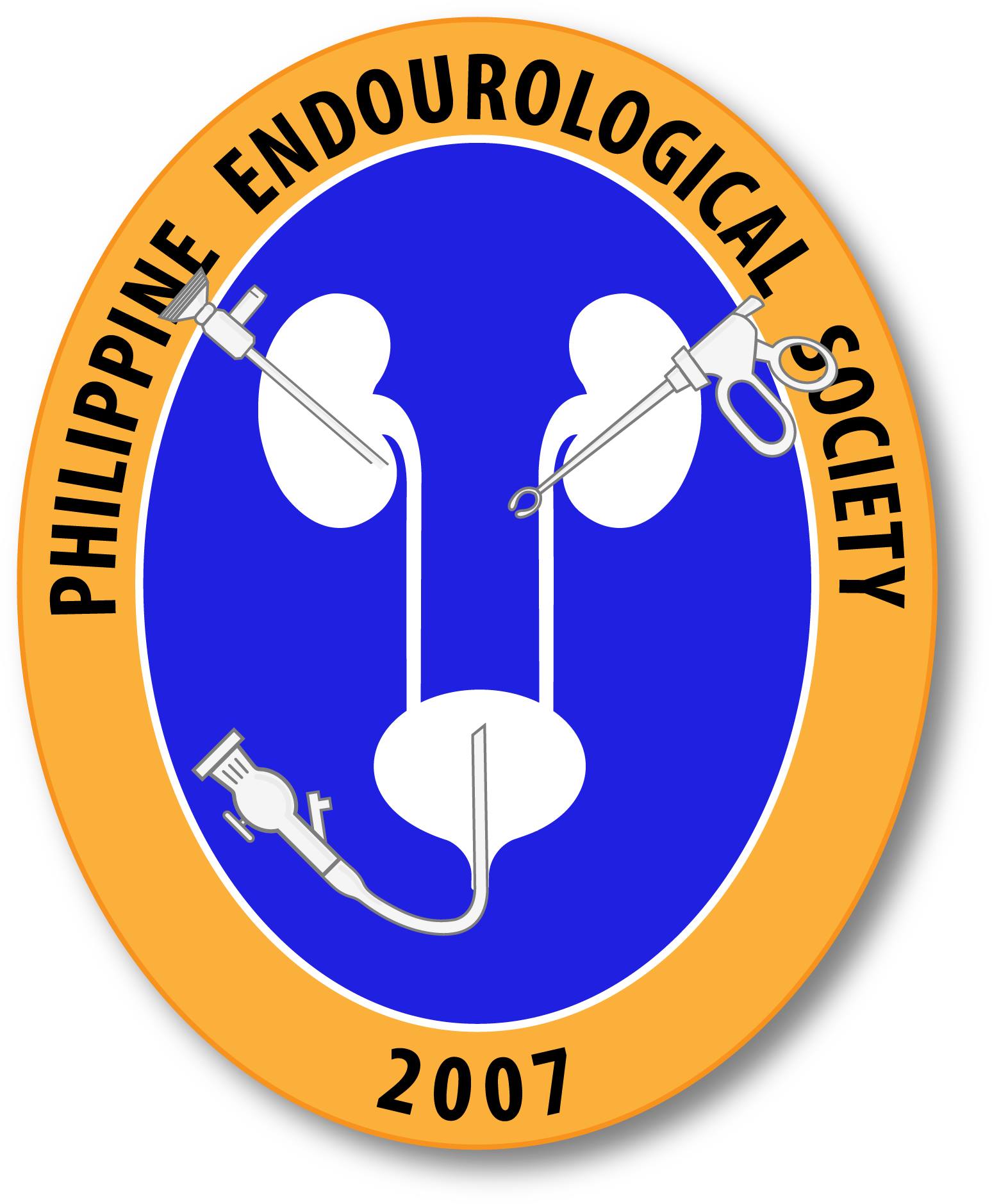The crucial role of transurethral resection of bladder tumor (TURBT) in nonmuscle-invasive bladder cancer (NMIBC) is to correctly diagnose and completely remove all visible tumoral lesions. It is a crucial step in the management of the NMIBC, and it should be performed systematically.1 Performing a qualified TURBT includes obtaining sufficient tissue to determine the histological type and grade of the tumor, obtaining muscle tissue to assess tumor depth and stage, and removing all tumoral tissues including the surrounding healthy areas.2 On the other hand, inadequate TURBT leads to a misstaged and delayed treatment, resulting in worse treatment outcomes.3 Therefore, a repeat transurethral resection (reTUR) procedure is necessary for some situations.
